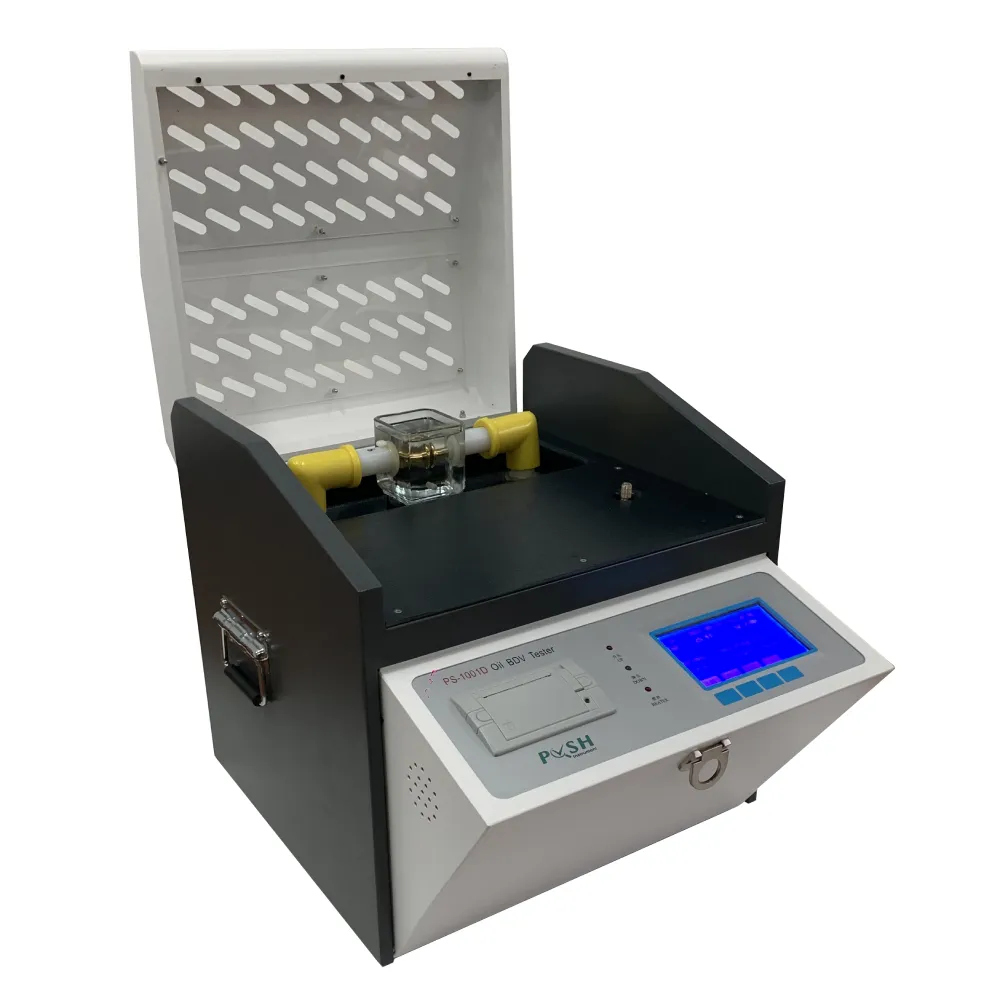 English
English



-
 Afrikaans
Afrikaans -
 Albanian
Albanian -
 Amharic
Amharic -
 Arabic
Arabic -
 Armenian
Armenian -
 Azerbaijani
Azerbaijani -
 Basque
Basque -
 Belarusian
Belarusian -
 Bengali
Bengali -
 Bosnian
Bosnian -
 Bulgarian
Bulgarian -
 Catalan
Catalan -
 Cebuano
Cebuano -
 China
China -
 China (Taiwan)
China (Taiwan) -
 Corsican
Corsican -
 Croatian
Croatian -
 Czech
Czech -
 Danish
Danish -
 Dutch
Dutch -
 English
English -
 Esperanto
Esperanto -
 Estonian
Estonian -
 Finnish
Finnish -
 French
French -
 Frisian
Frisian -
 Galician
Galician -
 Georgian
Georgian -
 German
German -
 Greek
Greek -
 Gujarati
Gujarati -
 Haitian Creole
Haitian Creole -
 hausa
hausa -
 hawaiian
hawaiian -
 Hebrew
Hebrew -
 Hindi
Hindi -
 Miao
Miao -
 Hungarian
Hungarian -
 Icelandic
Icelandic -
 igbo
igbo -
 Indonesian
Indonesian -
 irish
irish -
 Italian
Italian -
 Japanese
Japanese -
 Javanese
Javanese -
 Kannada
Kannada -
 kazakh
kazakh -
 Khmer
Khmer -
 Rwandese
Rwandese -
 Korean
Korean -
 Kurdish
Kurdish -
 Kyrgyz
Kyrgyz -
 Lao
Lao -
 Latin
Latin -
 Latvian
Latvian -
 Lithuanian
Lithuanian -
 Luxembourgish
Luxembourgish -
 Macedonian
Macedonian -
 Malgashi
Malgashi -
 Malay
Malay -
 Malayalam
Malayalam -
 Maltese
Maltese -
 Maori
Maori -
 Marathi
Marathi -
 Mongolian
Mongolian -
 Myanmar
Myanmar -
 Nepali
Nepali -
 Norwegian
Norwegian -
 Norwegian
Norwegian -
 Occitan
Occitan -
 Pashto
Pashto -
 Persian
Persian -
 Polish
Polish -
 Portuguese
Portuguese -
 Punjabi
Punjabi -
 Romanian
Romanian -
 Russian
Russian -
 Samoan
Samoan -
 Scottish Gaelic
Scottish Gaelic -
 Serbian
Serbian -
 Sesotho
Sesotho -
 Shona
Shona -
 Sindhi
Sindhi -
 Sinhala
Sinhala -
 Slovak
Slovak -
 Slovenian
Slovenian -
 Somali
Somali -
 Spanish
Spanish -
 Sundanese
Sundanese -
 Swahili
Swahili -
 Swedish
Swedish -
 Tagalog
Tagalog -
 Tajik
Tajik -
 Tamil
Tamil -
 Tatar
Tatar -
 Telugu
Telugu -
 Thai
Thai -
 Turkish
Turkish -
 Turkmen
Turkmen -
 Ukrainian
Ukrainian -
 Urdu
Urdu -
 Uighur
Uighur -
 Uzbek
Uzbek -
 Vietnamese
Vietnamese -
 Welsh
Welsh -
 Bantu
Bantu -
 Yiddish
Yiddish -
 Yoruba
Yoruba -
 Zulu
Zulu
Loop Impedance Measurement Device for Accurate Electrical Testing and Safety Evaluation
Understanding Loop Impedance Meters A Key Tool for Electrical Safety
In the realm of electrical safety, one of the vital instruments employed by electricians and safety professionals is the loop impedance meter. This device plays a critical role in ensuring that electrical installations are safe for use, helping prevent potential hazards such as electrical shocks or fires. Understanding the functionality, importance, and application of loop impedance meters can enhance both safety protocols and maintenance practices in various electrical systems.
Loop impedance refers to the total resistance found in the electrical circuit that includes the supply source, protective devices, and the earth. The primary purpose of measuring loop impedance is to determine the effectiveness of the earth fault loop path. This is crucial because in the event of a fault, such as a short circuit, the circuit breaker needs to trip quickly to avoid hazards. A loop impedance meter evaluates whether the resistance is low enough for the overcurrent protective device (like circuit breakers or fuses) to operate correctly.
The operation of a loop impedance meter is relatively straightforward
. It sends a test current through the circuit, measuring the voltage drop across the loop. The meter then calculates the impedance using Ohm’s Law (V=IR), where V is the voltage measured across the loop, I is the test current applied, and R represents the loop impedance. The results can indicate whether the loop impedance is within safe limits, which is typically specified by relevant safety standards.loop impedance meter

Loop impedance meters come equipped with features that enhance their functionality. Many modern devices offer automatic calculations, allowing electricians to quickly assess multiple circuits and record results efficiently. Some models provide a live voltage test, indicating the presence of power in the circuit before testing the impedance, which adds a layer of safety. Additionally, advanced meters may have data logging capabilities, enabling technicians to store and analyze the test results over time.
In practice, regular testing of loop impedance is not just a best practice; it is often a legal requirement, especially in commercial and industrial installations. Electrical safety regulations mandate that electrical systems be tested periodically to ensure continued compliance. By using a loop impedance meter, professionals can document the condition of the electrical installation, thereby supporting maintenance schedules and ensuring that any necessary corrections are made before issues arise.
Notably, understanding the readings from a loop impedance meter is critical for the user. Higher than acceptable loop impedance values can indicate problems such as loose connections, corroded terminals, or insufficient earthing. Identifying these issues promptly can save time, money, and, most importantly, lives.
In conclusion, loop impedance meters are essential tools in the field of electrical safety. They provide valuable insights into the integrity of electrical systems, ensuring that protective devices function effectively during faults. By regularly measuring loop impedance, electrical professionals can not only comply with safety regulations but also promote a culture of safety within their organizations. Investing time and resources in understanding and utilizing loop impedance meters is undoubtedly a step towards safer electrical installations.
-
Testing Equipment Industry Sees Major Advancements in 2025: Smart & Precision Technologies Lead the WayNewsJun.06,2025
-
Applications of Direct Current Generators in Renewable Energy SystemsNewsJun.05,2025
-
Hipot Tester Calibration and Accuracy GuidelinesNewsJun.05,2025
-
Digital Circuit Breaker Analyzer Features and BenefitsNewsJun.05,2025
-
Benefits of Real-Time Power Quality Monitoring Devices for Industrial EfficiencyNewsJun.05,2025
-
Earth Fault Loop Testing in High-Rise Building Electrical SystemsNewsJun.05,2025



